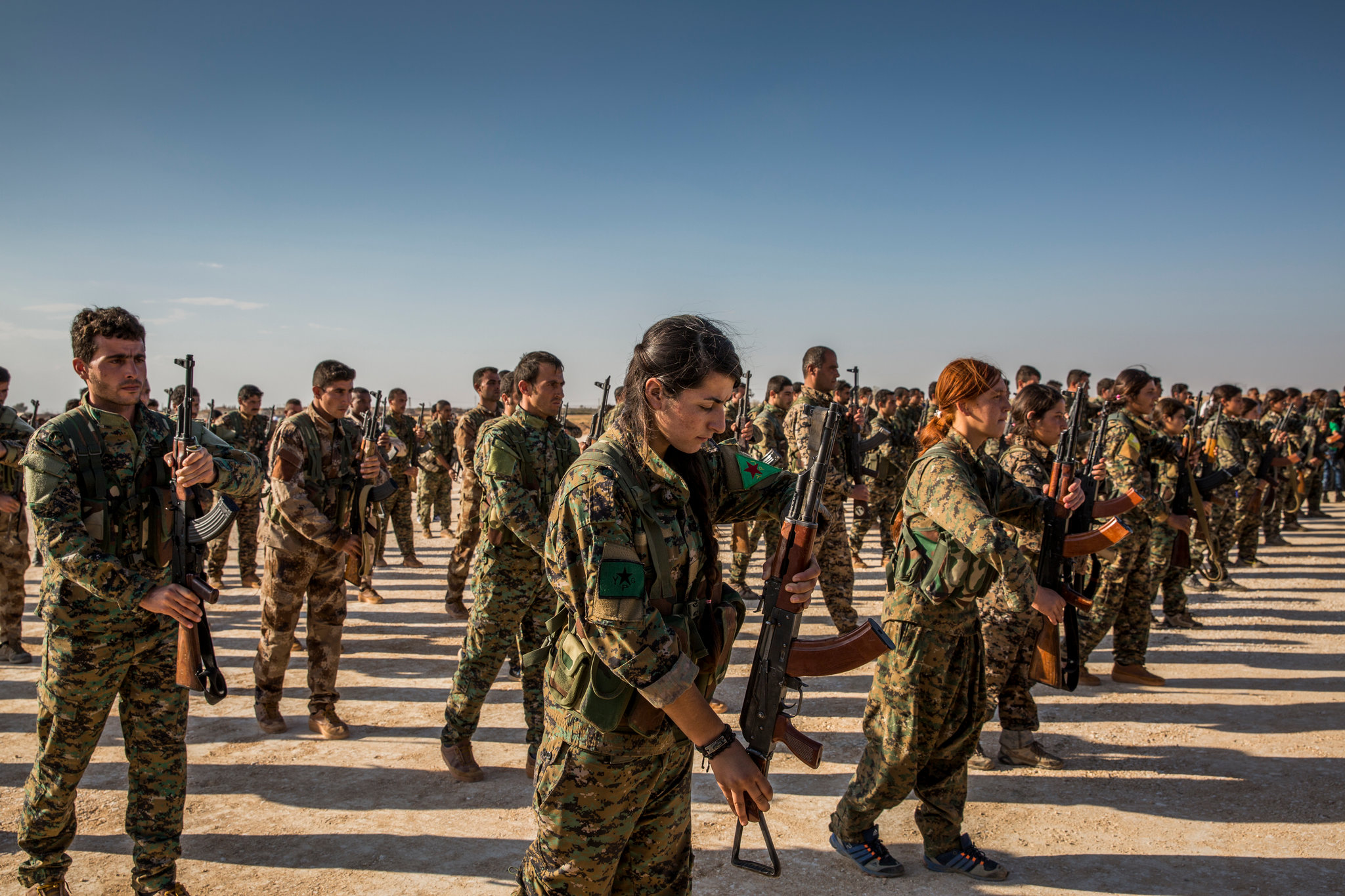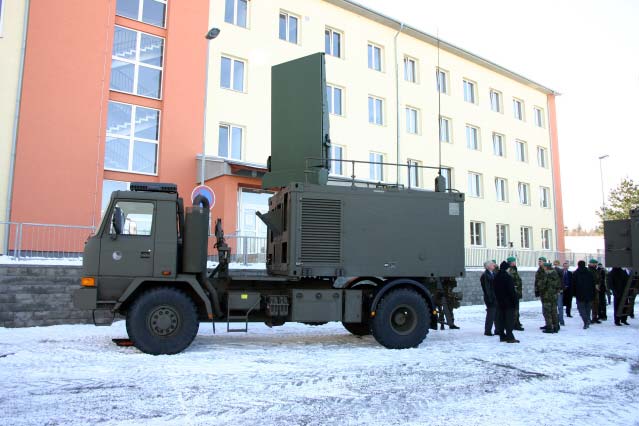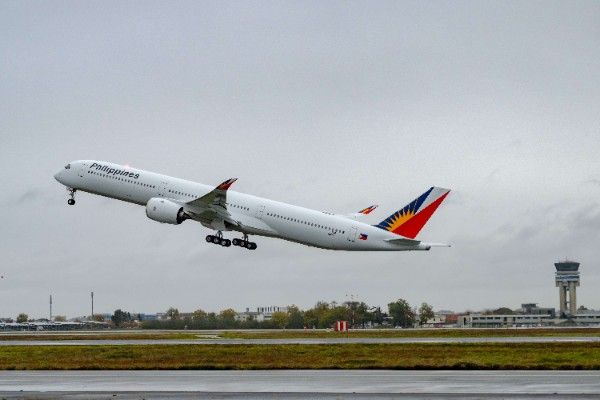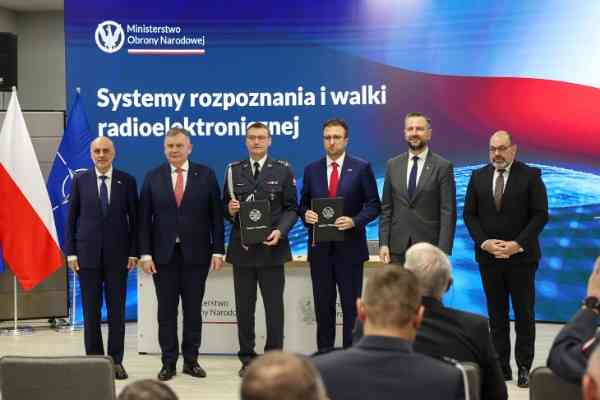Table of Contents
ToggleABSTRACT:
In the 21st century, the politics of the Middle East have been on a roller coaster ride. Almost every state of the Middle East have been involved in any kind of conflict in the region. Kurdish issue is one of the major issues of the Middle East. The roots of this Kurdish issue can be traced back to decades ago after the World War 1. This issue has evolved over the years and it has turned into an independence movement now. In this report, we will talk about the Kurdish issue over the years and how this issue has become a problem for Turkey and Syria in the Middle East by keeping in mind whether the Kurds are a threat to Syrian regime as perceived by the Syrian government, the position of Syrian regime, the reason behind Turkey demanding for a 30 mile buffer zone and is there any possibility of Syrian regime joining hands with Kurds against Turkey?
INTRODUCTION:
Every day in our lives we listen about any issue in the Middle East on any news platform one way or another way. This is not something new now. The issues or conflicts in Middle East date back to era of Ottoman Empire, when the empire used to rule the region and in the last breathing movements of the empire, there were many independence movements going on in the region being rules under Ottoman Empire. Among those movements, one was the movement of separate homeland for the Kurdish people. After the World War 1, when Ottoman Empire collapsed, Syria came directly under the rule of France according to Treaty of Severus[1]. France promised to the Kurdish people that they will provide them with a separate homeland, but everything changed after the Treaty of Lausanne and the promise given to the Kurdish nation was broken down by the French state. Since then Kurdish nation is in the search of their homeland[2]. Now in the 21st century Kurds are only nation in the world without a state.
SYRIA AND KURD:
The Kurds are an ethnicity that are present in Turkey, Syria and Iraq. They are the world’s largest stateless ethnicity, with a total population of 25-40 million, while the Syrians Kurds comprise of roughly 1.7 million individuals. The Kurdish-Syrian conflict has its roots from the post-World War I era. After World War I, the Allied powers dismembered Ottoman Empire into various states under the 1920 Treaty of Sevres, which included a territory set aside for the Kurds. However, the tables turned in 1923 when Treaty of Lausanne was drafted and put into execution, making the Kurds stateless and divided across Turkey, Syria and Iraq[3]. Since then, the Syrian Kurds have been brutally oppressed and marginalized, and weren’t brought into the mainstream Syrian society. Their basic rights were denied, which escalated further during the Baathist regime of Hafez al Assad, the father of the present Syrian President and Dictator, Bashar al Assad. During Hafez al Assad’s rule, Syrian Arabs were allowed to occupy Kurdish lands and homes, in Northern Syria. However, Hafez al Assad supported the Kurds outside of Syria, especially the Kurdish Workers Party (PKK) in Turkey.
KURDS AND TURKEY:
The issue between Turkey and Kurds can be date back to centuries ago, when Ottoman Empire used to rule the Kurdish land. After the Treaty of Lausanne, Kurdish were divided into separate lands of Turkey, Syria, and Iraq, but they always fought for their independence from then on. The PKK had waged a violent insurgency in Turkey during the last quarter of the Twentieth century. The clashes between Turkey and Kurdish people went violent in the late 70s and 80s when military dictatorship in Turkey suppressed the rising independence voices in the Southern Turkey. But the Arab Spring and later on the rise of ISIS in the Kurdish region provided them with a new opportunity. USA worked with the Kurdish people in the region fighting ISIS along with the promise of raising voice for their separate land. But this idea vanished when US left the region after the defeat of ISIS. This left the Kurdish nowhere in the middle of their conflict. The vacuum created by the US force after their leaving was tried to be filled by many powers and they worked against the Kurdish people[4]. Turkey was also concerned with rising Kurdish voices in the southern part of Turkey and used military means in order to move the Kurdish people present in the northern part of Syria, so that they do not raise the voice against the Turkey along with the Kurdish people presented in the southern Turkey. For this reason, they moved the Kurdish people present in northern Syria to the southern Syria and created a 30 miles buffer zone in the area being evacuated[5].
SYRIA’S POLICY vis-à-vis THE KURDS:
The Kurds in Syria had no voice and were politically very quiet as there were many Kurdish parties which didn’t unite under any platform. Things changed after the Arab Spring and the start of the Syrian Civil War. The Kurdish Democratic Union Party (PYD), an offshoot of the PKK, started to gain popularity and became the leading voice of Syrian Kurds. The PYD was formed in 2003 but became strong and popular in 2011-2012[6]. When Assad started to face resistance and rebellion, he pulled his forces from the Kurdish dominated lands i.e., Northern Syria. This created a power vacuum which was filled by the PYD. The Northern Region came under Kurdish control and was named ROJAVA, which was to become a future Kurdish state based on secular democracy. The Kurds would later group themselves to form the Syrian Democratic Forces (SDF), with the intention to fight the Syrian Forces to protect Kurdish lands and ISIS. The militia wing of the SDF is called People’s Protection Units (YPG), which played an instrumental role in the battle against ISIS. Due to this, the Kurds were heavily supported by the United States to crush ISIS and its terror in the region, with success. However, after ISIS was defeated, the United States left the Syrian Kurds on their own and Turkey decided to enter the state of ROJAVA to form a narrow belt between Northern Syria and Turkey, as Turkey was aware of the threat of the PKK and its support to the PYD and SDF in Syria. In fear of Kurds gaining strength in Turkey as they had attained in Syria, Turkey decided to attack the Syrian Kurds in 2019 under the Operation Olive Branch. This caused the mass movement of Kurds in the Syrian region. But after the operation, the question comes about the Syria at this moment?
This operation made the Syrian government and Kurds come closer, despite the fact that they faced the oppression from the Syrian government years before. Kurds preferred to surrender to Syrian government rather than being slaughtered by the Turkish government[7]. This would not demolish the fact for both Kurds and Syria that in 2004, Syrian Kurds revolted against the Assad dictatorship, and hundreds of Kurdish activists were jailed in the ensuing crackdown. But things changed after the Arab spring as described above. Now the question come about the 30 miles buffer zone created by a Turkey in its southern part.
Recep Tayyip Erdogan, the Turkish president, and Vladimir Putin, his Russian counterpart, have agreed on the contours of a proposed Turkish “safe zone” in Syria, a development that might put a stop to Ankara’s border offensive against Kurdish troops by severely limiting their control of the territory. The agreement was largely viewed as a win for Ankara and a loss for the Kurdish-led Syrian Democratic Forces (SDF), since it is built on the US’ agreement that Turkey has the right to a border buffer zone at their expense. Most importantly, it solidifies Moscow’s new role as the Middle East’s primary power broker as the US’s clout in the region dwindles[8]. But this will not exclude the fact that Syrian government was okay with this deal. The reason behind this deal can be explained Russia, who have been a supporter of Assad’s regime in the region and carried out operations against the Kurds in order to support the Syrian government, so that it does not face any set back from the Kurdish from the northeastern sides.
Addressing the research question that whether Syria should be afraid of Kurds at the moment? So apparently No, as the Syrian Kurds were forced to move to the South after the Turkish onslaught, rendering them weak and without any strong support, like the US supported them during their fight against ISIS. Moreover, the conflict area was the northeastern Syria, where Kurdish forces were creating problems for Assad’s regime. With the recent operations from Turkey and Russia has put end to the problems being created by the Kurdish led forces, as they were forced to be displaced to the southern part of Syria[9]. Therefore, we will not see any negotiations between the Syrian government and Kurdish to join hands against the Turkey. The reason behind it can be explained as the agreement between Turkey and Russia, Russian military police and Syrian border guards controlled by President Bashar al-Assad assisted the removal of Kurdish fighters and armaments to a depth of 18 kilometers from their border positions. This actually proved the fact that Syrian government, which is being supported by the Russia is not in favor of joining hands with the Kurdish militia, as Russia has already struck the deal with the turkey regarding the removal of Kurdish forces from the operational areas of northeastern Turkey. Now what we see here is the real element of ‘’Realpolitik’’, where Assad’s regime despite being against the Turkey has been following the terms and conditions decided between the Turkey and Russia in order to save the regime, which is dependent on the support of Russia in the region. On the similar hand, Russia gets an edge in the major power competition in the region by making this deal. It also shows the Russia can be proved beneficial in bringing the order to the region by keeping its position in the region.
Making it short, had Turkey not entered, we could say that Syria should have been a little worried about the Kurds and the gains that they were making. By the intervention of Turkey and Russia in the Kurdish region, we could say that it put end the power vacuum which has been created by the withdrawal of US forces from the Kurdish region after the defeat of ISIS with the help of Kurdish people and leaving them alone after making promise of land to the Kurdish forces. The deal between the Turkey and Russia, and operations led by the Turkish forces in the northern Syria against the Kurdish has put end to this fear and moreover the displace of Kurdish people from the northern of Syria to the Southern of Syria has validated the point of Syria not being afraid of Kurdish forces. Also, I discussed earlier that Kurdish has decided to go with Syria rather than being slaughtered by the Turkish forces in the Kurdish region further validates this point.
CONCLUSION:
Concludingly, as described earlier that Kurdish is the only nation in the world without a state. The promise of land to Kurdish people have been given by many major powers to the Kurdish people throughout the history, but no one has practically done it. This has made them being sidelined throughout the history. Moreover, the Treaty of Lausanne has further harmed their idea of homeland when the Kurdish population was divided into Turkey, Syria and Iraq. Since then they have thrived for their homeland and still thriving for their land. But one thing has been evident during all those decades that has been the struggle for separate homeland throughout the history, which they never gave up and looks like that they will never give up. As Realists say that “End justify means’’, here we can say that Kurdish formation of forces, different protests throughout the history, forming coalition with major powers justify their end of a separate homeland for which they have been struggling throughout the history.
References:
[1] The Treaty of Sevres. The History Learning Site (17 Mar 2015)
https://www.historylearningsite.co.uk/modern-world-history-1918-to-1980/the-treaty-of-sevres/
[2] Michael Safi. The Kurds- a bitter history of betrayal. (The Guardian: October, 2019)
https://www.theguardian.com/world/2019/oct/13/the-kurds-a-bitter-history-of-betrayal
[3] Othman Ali. The Kurds and the Lausanne peace negotiations, 1922–23. (JSTOR: Middle Eastern Studies Vol. 33, No. 3: July, 1997)
https://www.jstor.org/stable/4283891
[4] Conflict between Turkey and Armed Kurdish Groups. (Global Conflict Trracker)
[5] Polat Urundul. Turkey’s Operation Olive Branch: Why is Turkey Attacking the YPG in Syria?. (E-International Relations: March 2018)
[6] Omer Taspinar. The Arab Spring and the Kurdish Awakening. (Brookings, OP-ED: September, 2012)
https://www.brookings.edu/opinions/the-arab-spring-and-the-kurdish-awakening/
[7] Siobhán O’Grady, Miriam Berger. Who are the Kurds, and why is Turkey attacking them? (The Washington Post: Middle East, October, 2019)
https://www.washingtonpost.com/world/2019/10/11/who-are-kurds-why-is-turkey-attacking-them/
[8] Bethan McKernan, Julian Borger. Turkey and Russia agree on deal over buffer zone in northern Syria. (The Guardian: Syria, October, 2019)
[9] Siobhán O’Grady, Miriam Berger. Who are the Kurds, and why is Turkey attacking them? (The Washington Post: Middle East, October, 2019)
https://www.washingtonpost.com/world/2019/10/11/who-are-kurds-why-is-turkey-attacking-them/
About Author: Sarah Ahmed Malik
The writer is a fresh graduate of National Defence University, Islamabad. She is very ambitious about her field and being a student of Social Sciences, she has a strong experience of research tools and techniques and has carried out intensive research in different fields of international politics














